L’OUTSIDER – Typographic Abstraction
Graffiti Writing as a catalyst
Yann Leber aka L’Outsider was born in Brittany, where he lives and works again after a few years living in Paris. At the age of 17 he discovered graffiti writing and his passion for letters. For his studies at the École Boule (School of Arts and Crafts and Applied Arts) he moved to Paris, where he met other graffiti artists and founded the crew called FD. L’Outsider was enthusiastic from the very beginning about the freedom and energy that this practice in urban space implicate. After all, the situations for the production of unauthorized painting, which create a fascinating tension between the willingness to take risks, urgency and mastery of the gesture for the realization of a work of art, have a considerable influence on the painting processes in urban space. And this can lead to a certain aesthetic. L’Outsider experienced many extreme situations, which led him to accept mistakes, to appreciate the unexpected and thus to grasp and capture the essential, the essence of the painting itself. After all, the unforeseeable and the accident during production can also lead to an artistic masterpiece. And although Yann Leber suffered from acute dyslexia, he continued to work persistently on the letters. In the beginning, he and his crew FD oriented themselves towards classic American graffiti. Pioneers like Futura2000 and Dondi White from the USA were his first inspirations.
Since about 2010, l’Outsider has been more interested in working with letters in their deformations, compositions and typographic parameters.
Creating framework conditions
Over the years L’Outsider developed a very individual practice, which was additionally influenced by architecture, graphic design, contemporary art and handcraft. Influences from other cultures affected his work, for example through a trip to South Africa. Impressed by the culture, visual language and wall painting of the ethnic group of the “Ndebele”, he was inspired by the new pictorial patterns, which he incorporated into his work in an abstract way. During a journey through Japan, he discovered Japanese traditional calligraphy in black and white, which continues to influence him to this day. He is fascinated by the reduction of colour, the ceremonial, the performative and the pictorial capture of the essence of the gesture.
L’Outsider’s work expanded finally from the exterior to the interior. Working in the studio and producing canvases opened up new ways of working and aroused the interest of galleries and collectors. This resulted in exhibitions in Marrakesh, Paris, Zurich, Weil am Rhein and other European cities.
Nevertheless, the young artist always adheres to practice in public space, work based on spontaneity, intuition and site-specificity. But also in his studio he searches for these extraordinary conditions of unauthorized painting on walls as well as on trains – under stress, time pressure, poor lighting conditions at night and in mostly uncomfortable body positions. These conditions with their restrictions and inconveniences, which create a certain mental state, are what the artist tries to “re-enact” in his studio, in order to allow the same energy to flow into his canvas works. He prefers to paint when he is not in a good mood, spontaneously, with the inspiration of the moment, without a sketch. At night, with bad light, he places the canvases in a way that makes painting difficult. Yann Leber comments on this: “Today I am in a phase in which my practice is changing, the production of studio work now outweighs the production on walls. This change gives rise to new considerations. At the same time, all these years of graffiti practice have deeply influenced me, but I am convinced that trying to transfer my work on the wall directly to the canvas would be futile and of little interest. But the path does not end here. The challenge for me is to manage to grasp the whole essence and strength of my earlier experiences, to let them “flow and soak through” in my studio work. Thus, I use time as a decisive element, as it can be the choice of an acrylic paint or spray can at a certain point in time of the realization of a painting. I work with a certain urgency, I play with the drying phases, I take uncomfortable positions, in the middle of the night in low light”.
Typographic abstraction
L’Outsider takes away the letters’ clear legibility and tries to synthesize their dynamics and power. His artistic approach focuses on the form of the letters and pursues their pictorial qualities, which he calls typographic abstraction. Readable and unreadable, visible and invisible letters, function as the important poles of the French artist’s artistic research. Couple of years ago he used to work a lot with colours, with patterns as fill ins, but then became more and more graphic and painted a lot in black and white and gradually detached himself from the legible letter forms. Surface overlaps, more diffuse spraying techniques, more abstract and more gestures flow into his works since.
For his current series, he has taken inspiration from the street concerning his choice of colours. White, beige, black and silver chrome. He is particularly interested in neutral beige, the typical tone for building restoration in France. Beige, light grey and eggshell white are the most commonly used muted, “neutral” colours in urban spaces, which take on a new meaning in his paintings. Silver Chrome, a popular colour in graffiti, has the ability to cover all kinds of surfaces, and its silvery, light-reflecting shade gives any graffiti a visual impact. Black and chrome are therefore a popular colour combination.
The white backgrounds of his canvases support the architectural balance of the shapes to create a stable frame in which the forms can develop their dynamics.
His current series appear less flat, they show more structure, like squeegee and brush strokes. Overlaps and layers of different paint acquire different textures through various drying phases on canvas and allow him to play with structure, texture and materiality in addition to the gesture in his increasingly abstract paintings.
In addition to his pictorial and painterly research, Yann Leber also deals with theoretical questions of art history. He writes in his text “Abstraction typographique”: “Portrait, landscape or still life have offered painters endless possibilities for research and invention. The same applies to the letters in graffiti writing, whose practice opens up new pictorial horizons (…).
“What art history has learned from Van Gogh’s sunflowers is not the sunflowers as such, although they are the sole subject of the painting. It is the style and soul of the artist that make the work. In the same way, today, my years of contact with graffiti allow me to feel the character, temperament, influences and relevance of the creators (…)”.
Graffiti Writing with letters as a basis is for L’Outsider a new form of painting of the 21st century and thus a new “family” in painting, which he is constantly developing further.
“Abstraction typographique #2”, 2020, acrylic and spray paint on canvas, 130 cm x 89 cm – ©L’OUTSIDER “Abstraction typographique 1 & 2”, 2020, acrylic and spray paint on canvas, 195 x 130 cm – ©L’OUTSIDER “Abstraction typographique”, 2020, acrylic and spray paint on canvas, 130 cm x 89 cm – ©L’OUTSIDER
667 views
Categories
Tags:

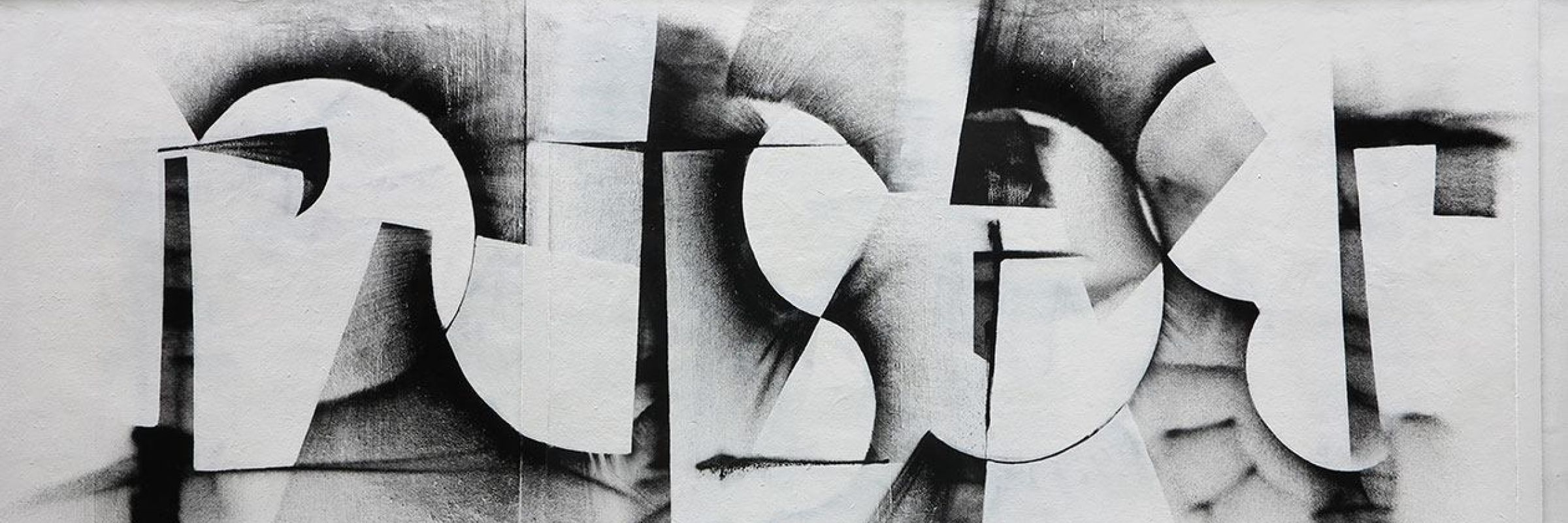

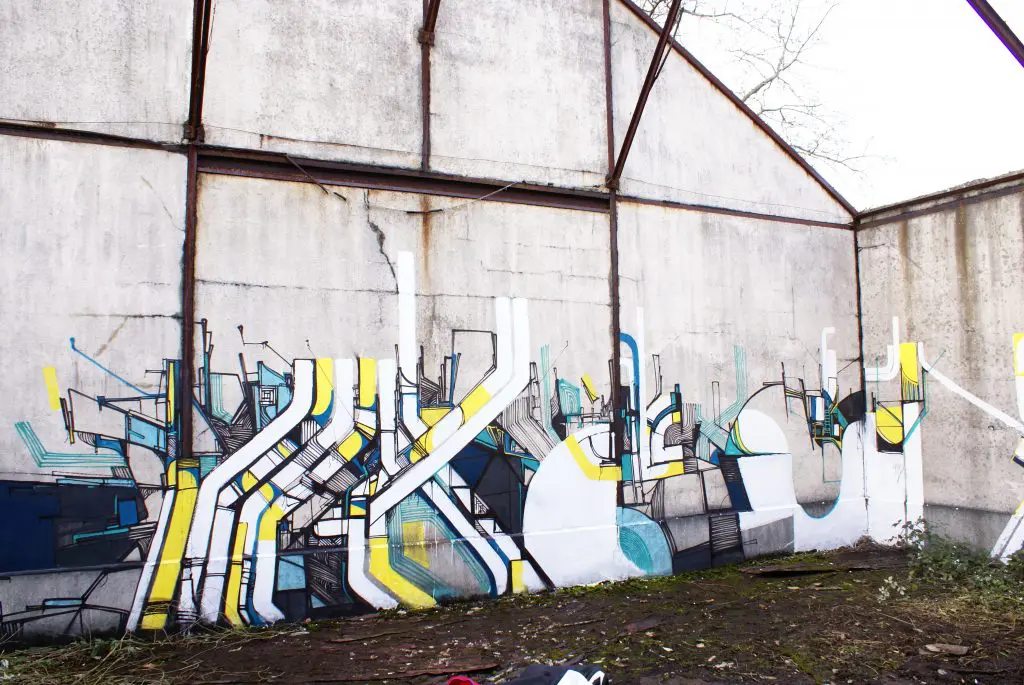
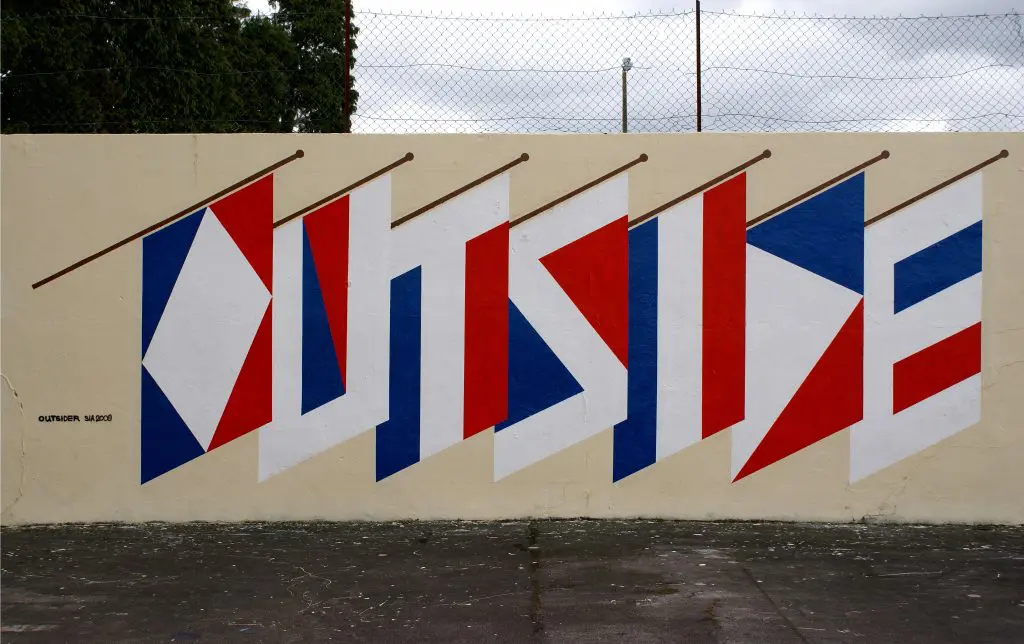
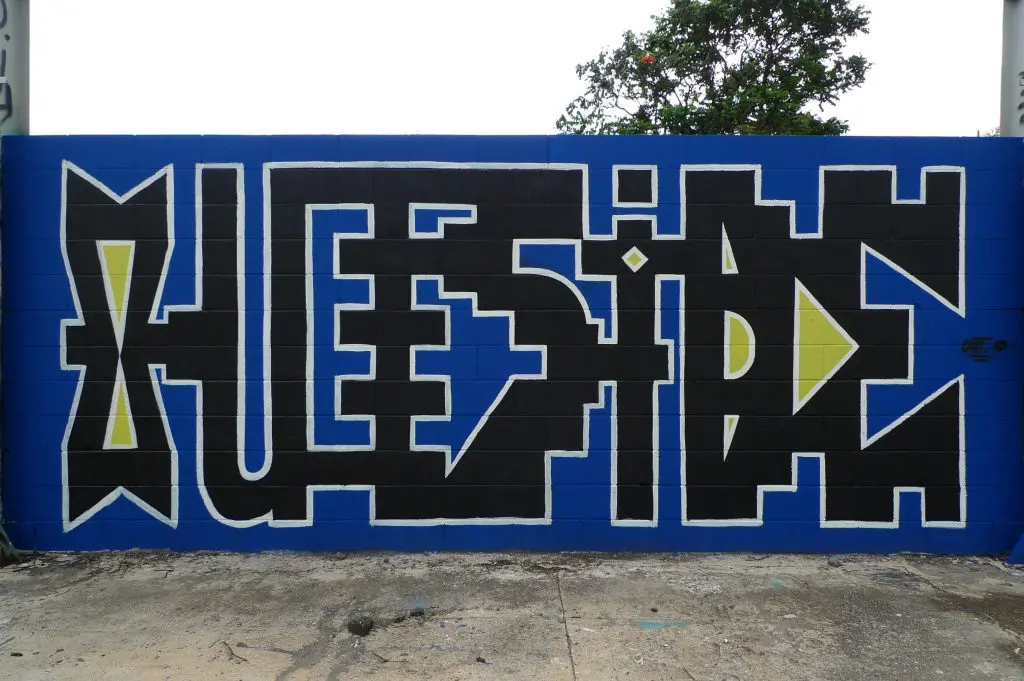
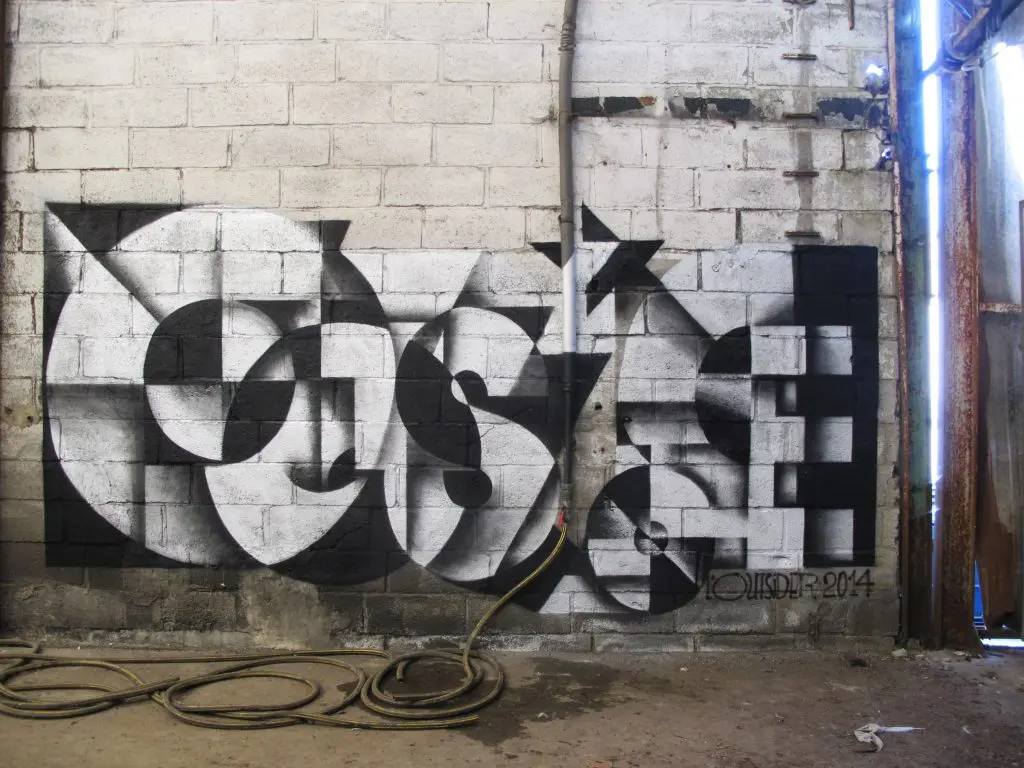
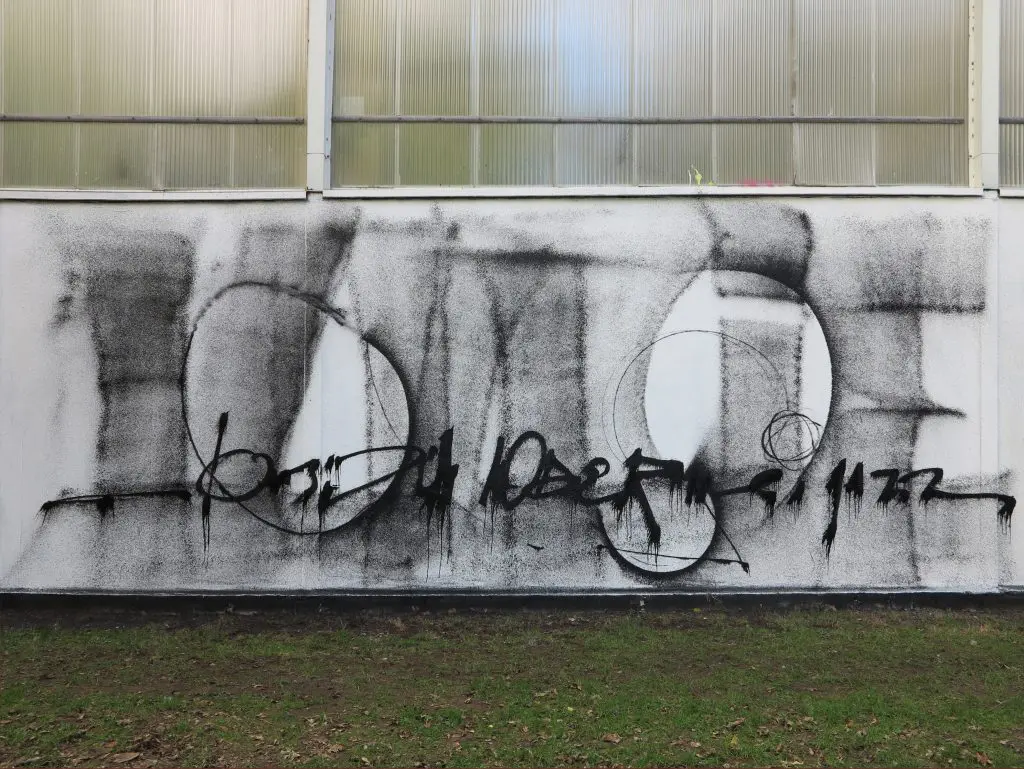
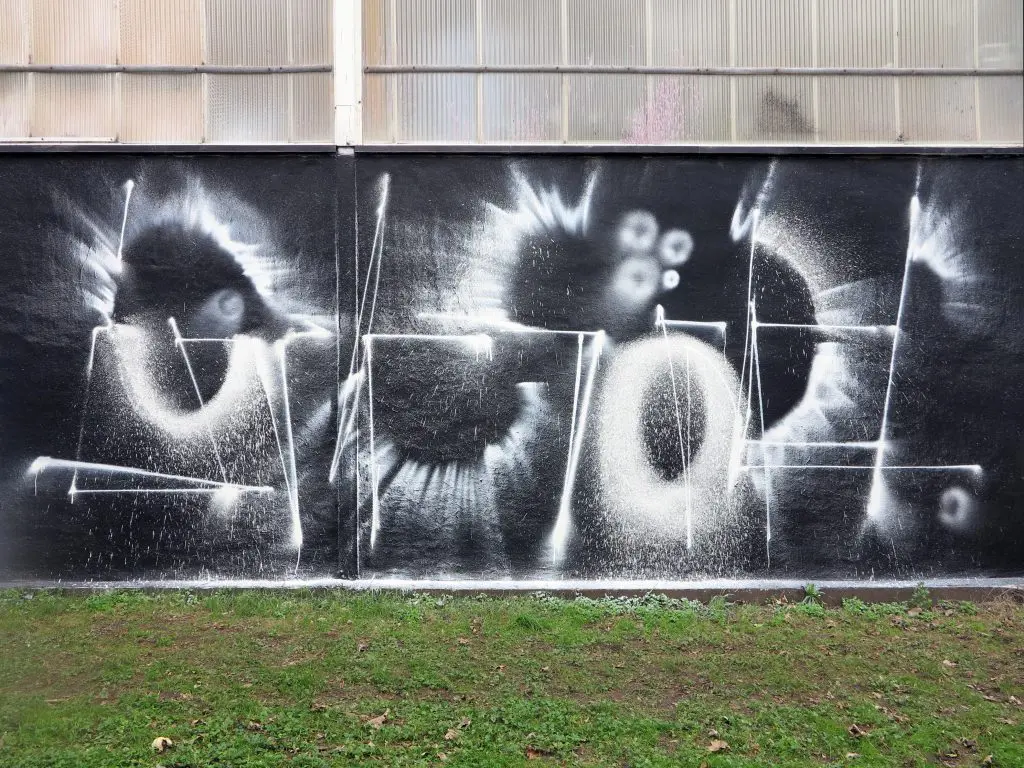
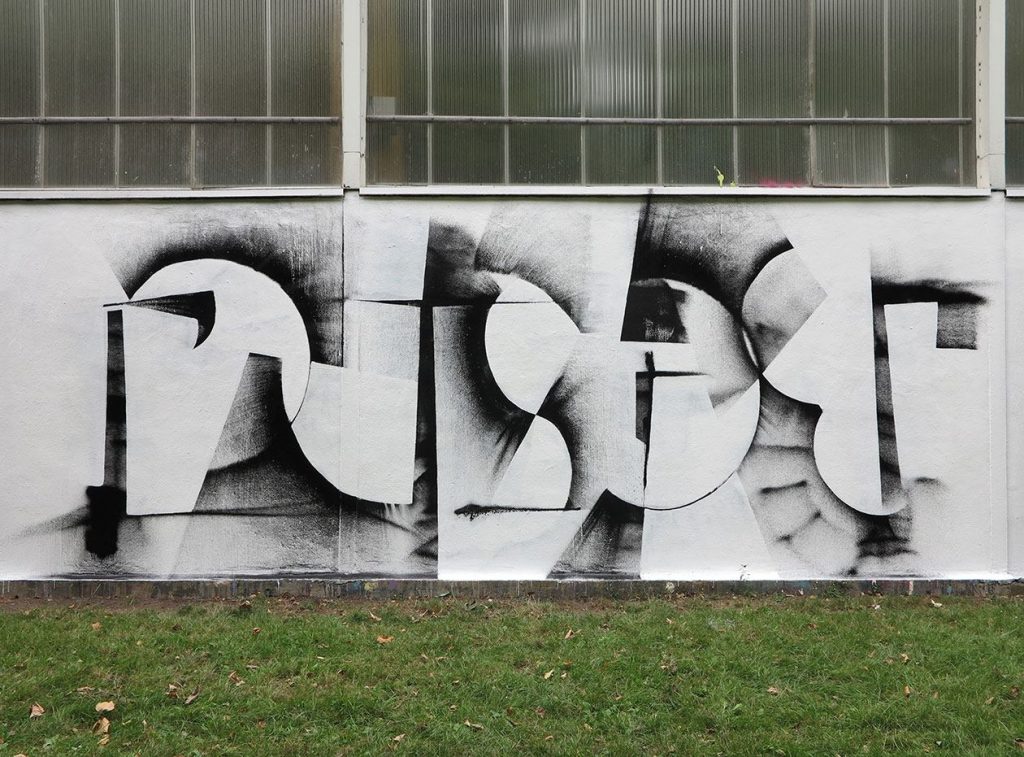
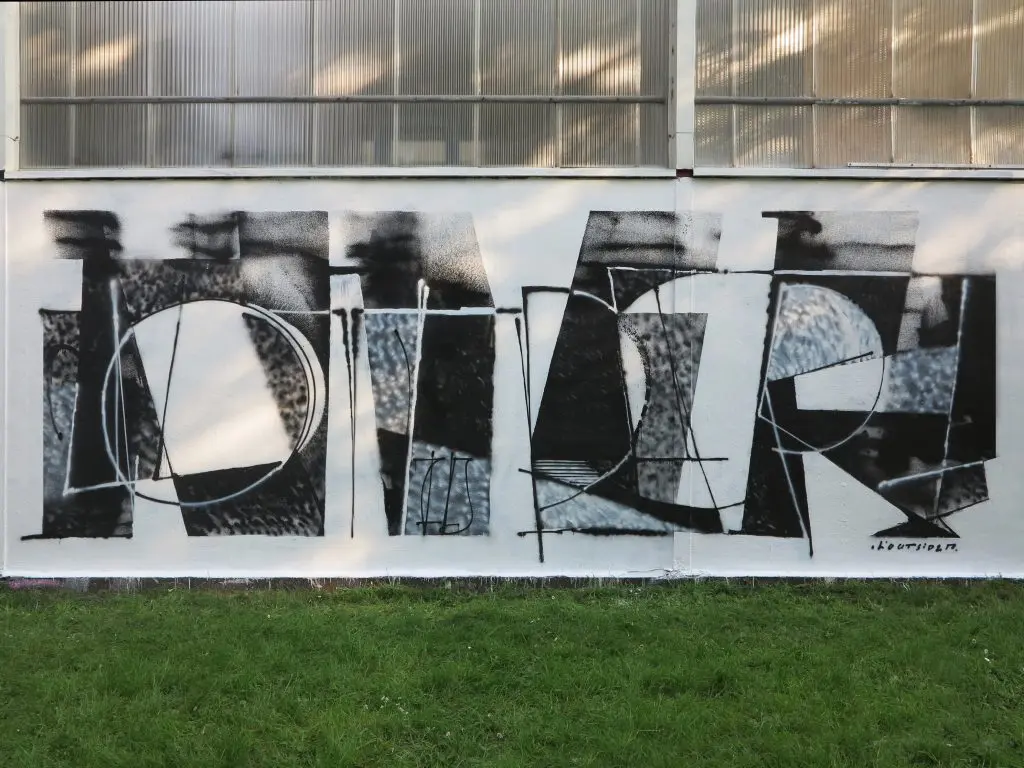
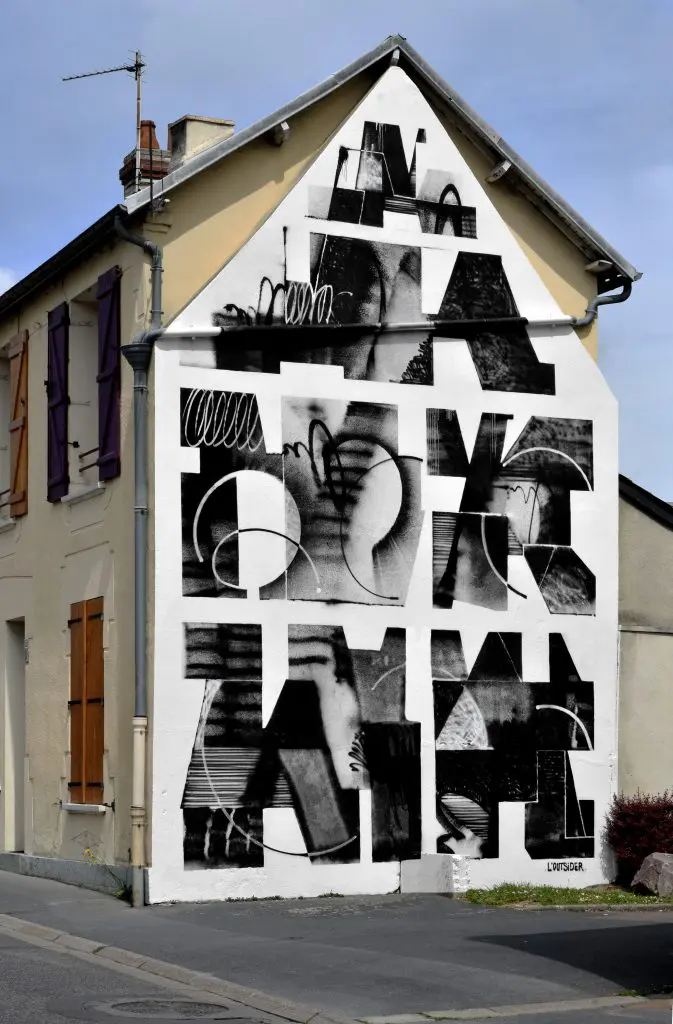
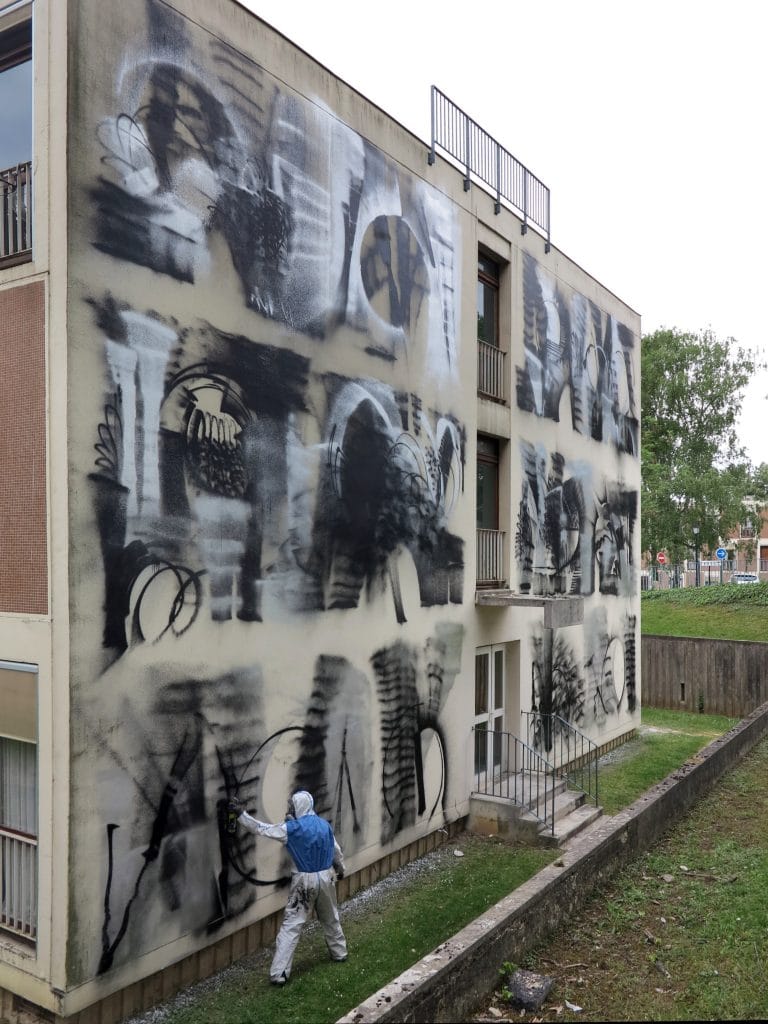
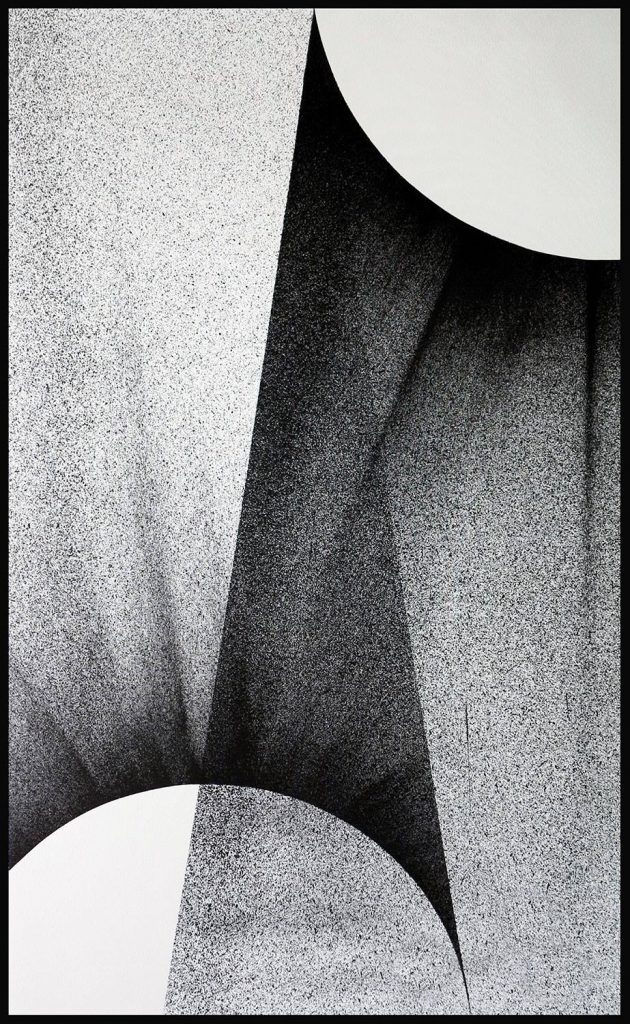
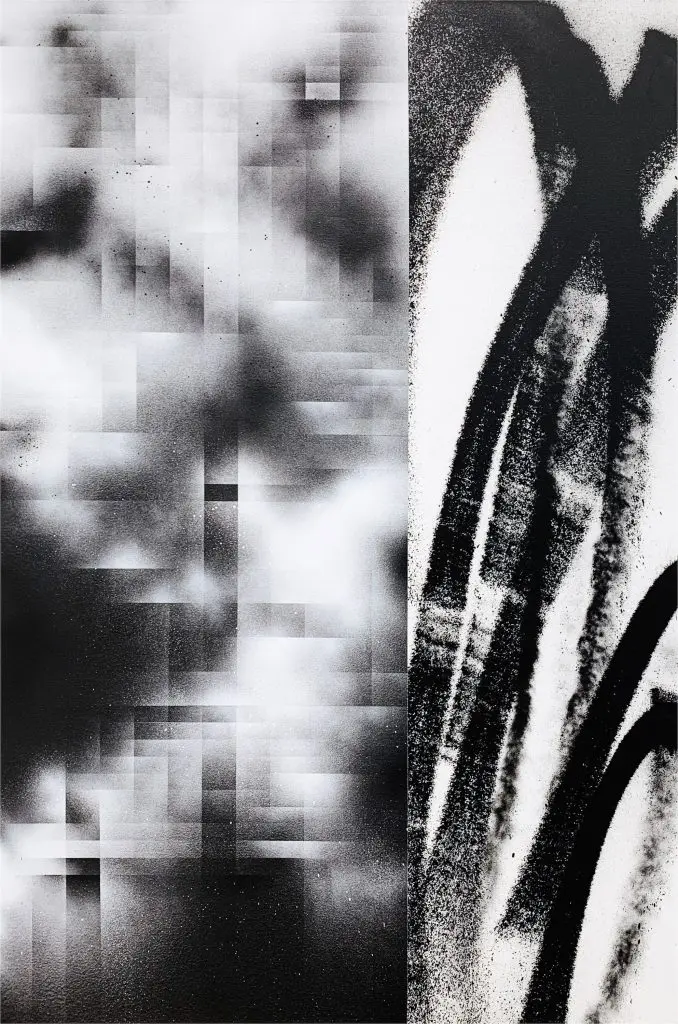
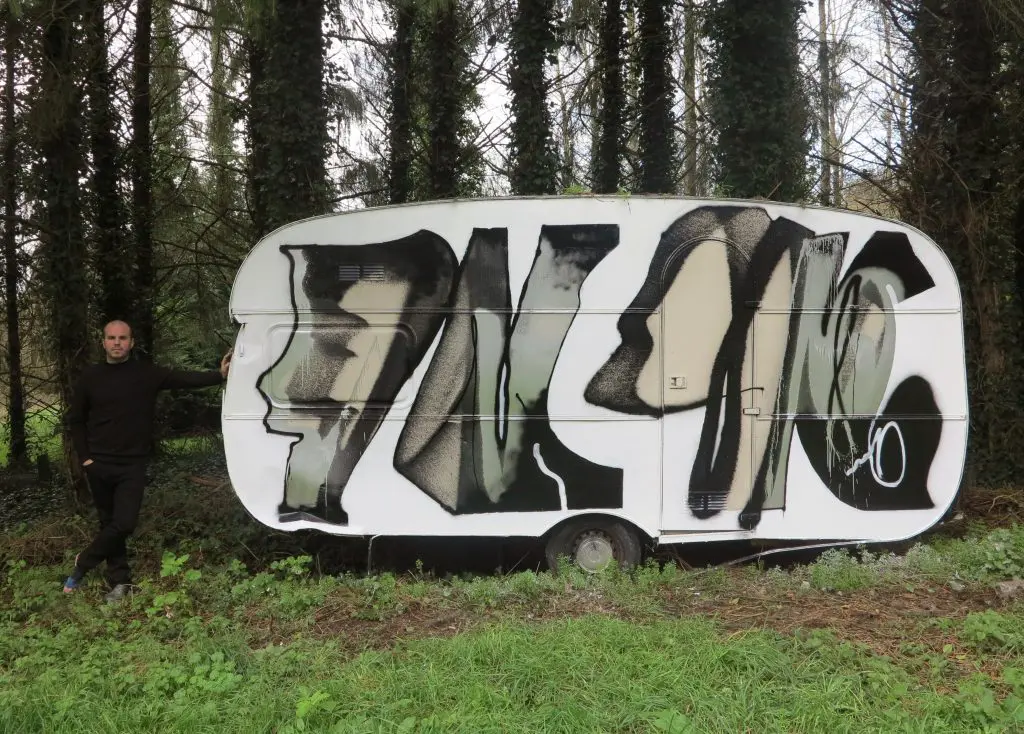
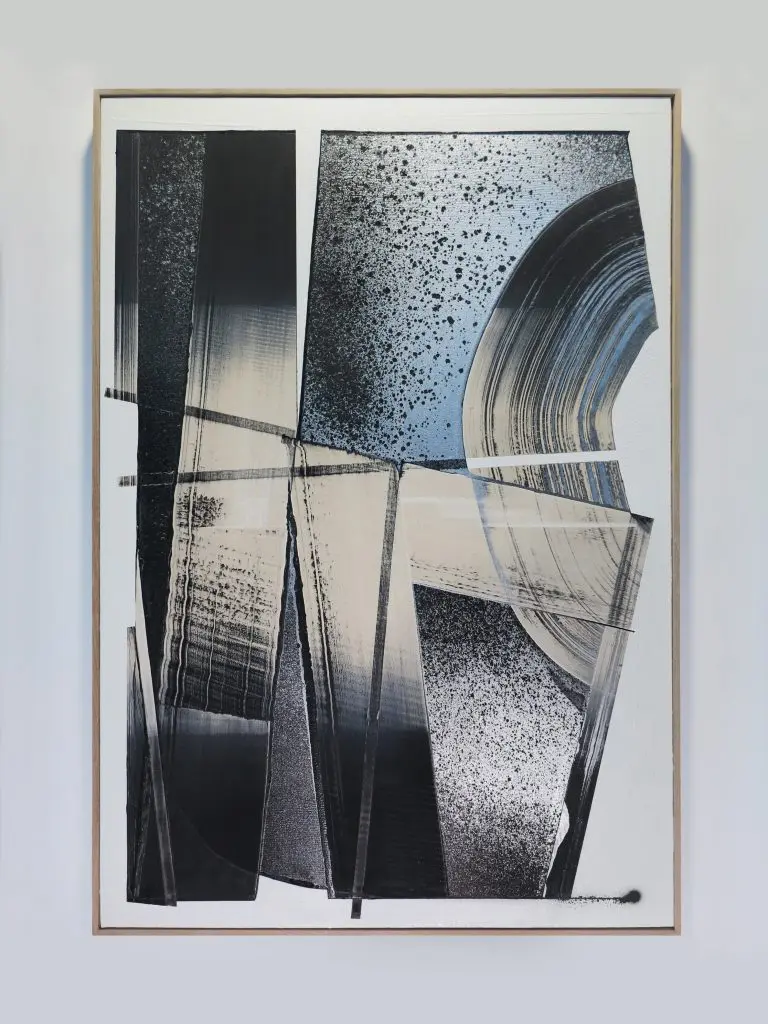
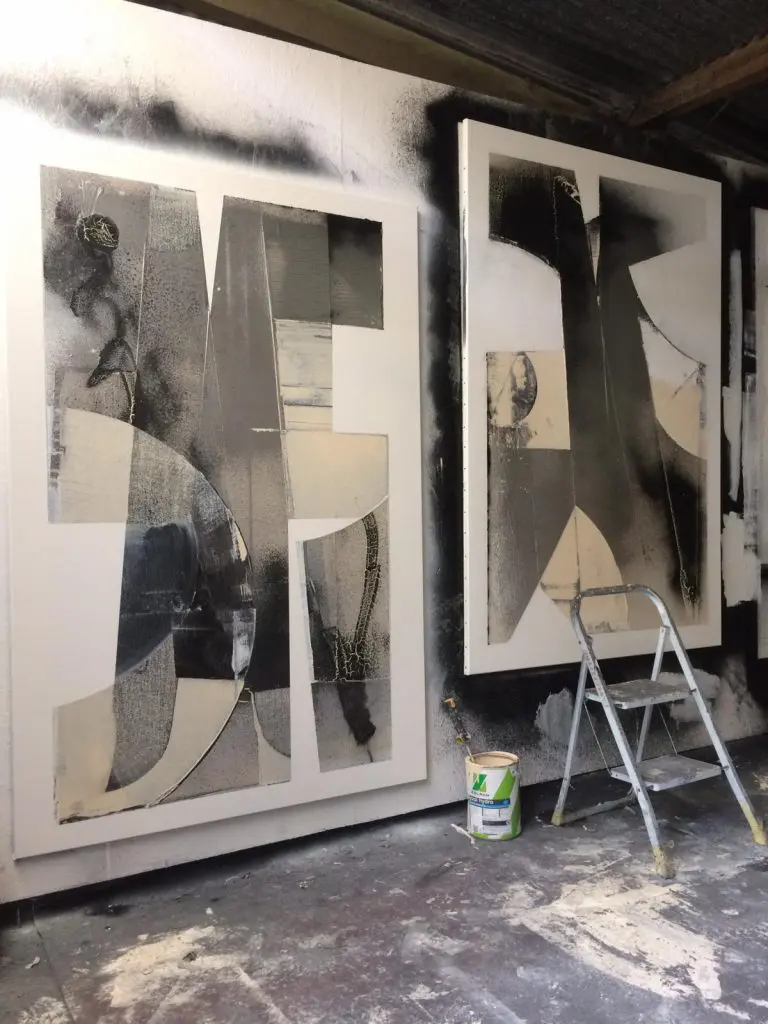
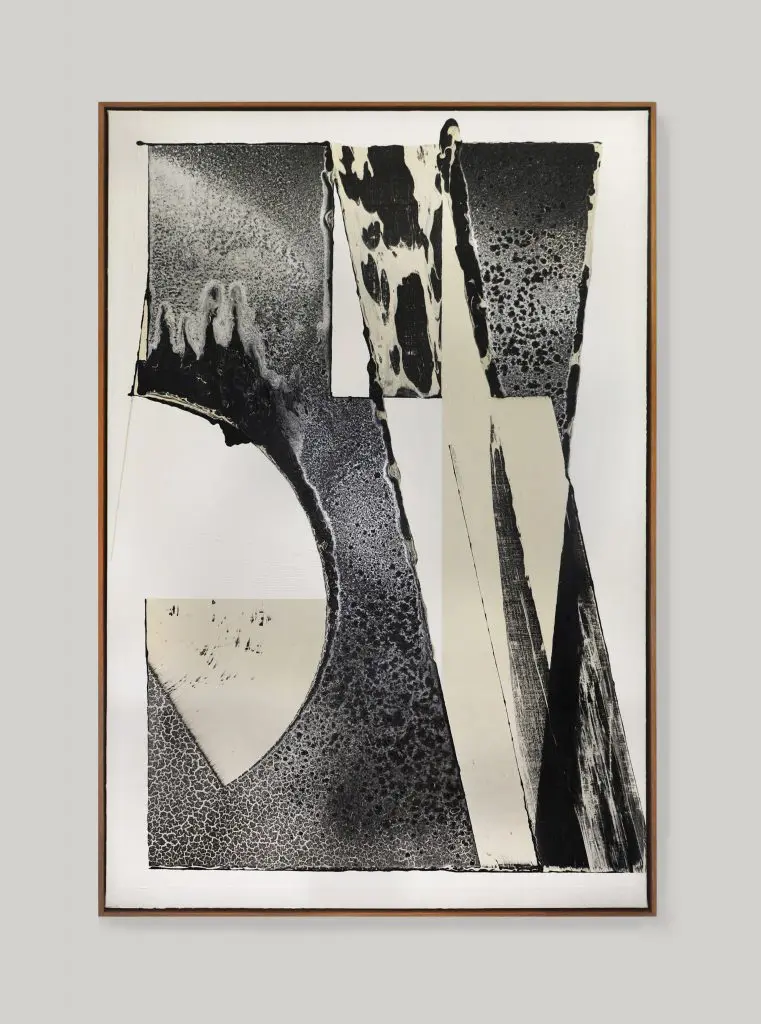

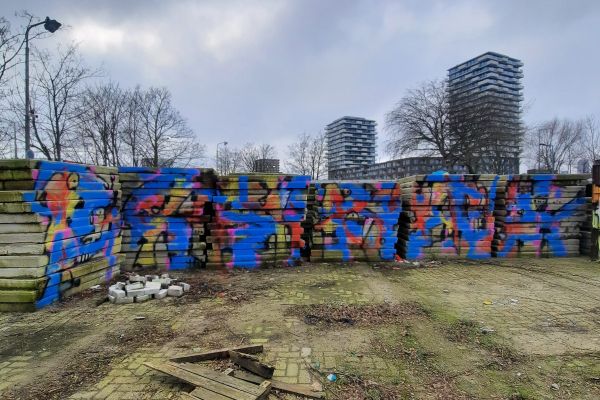
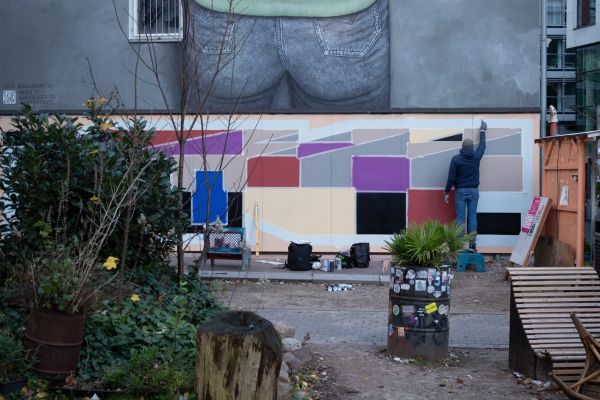
Leave a Reply